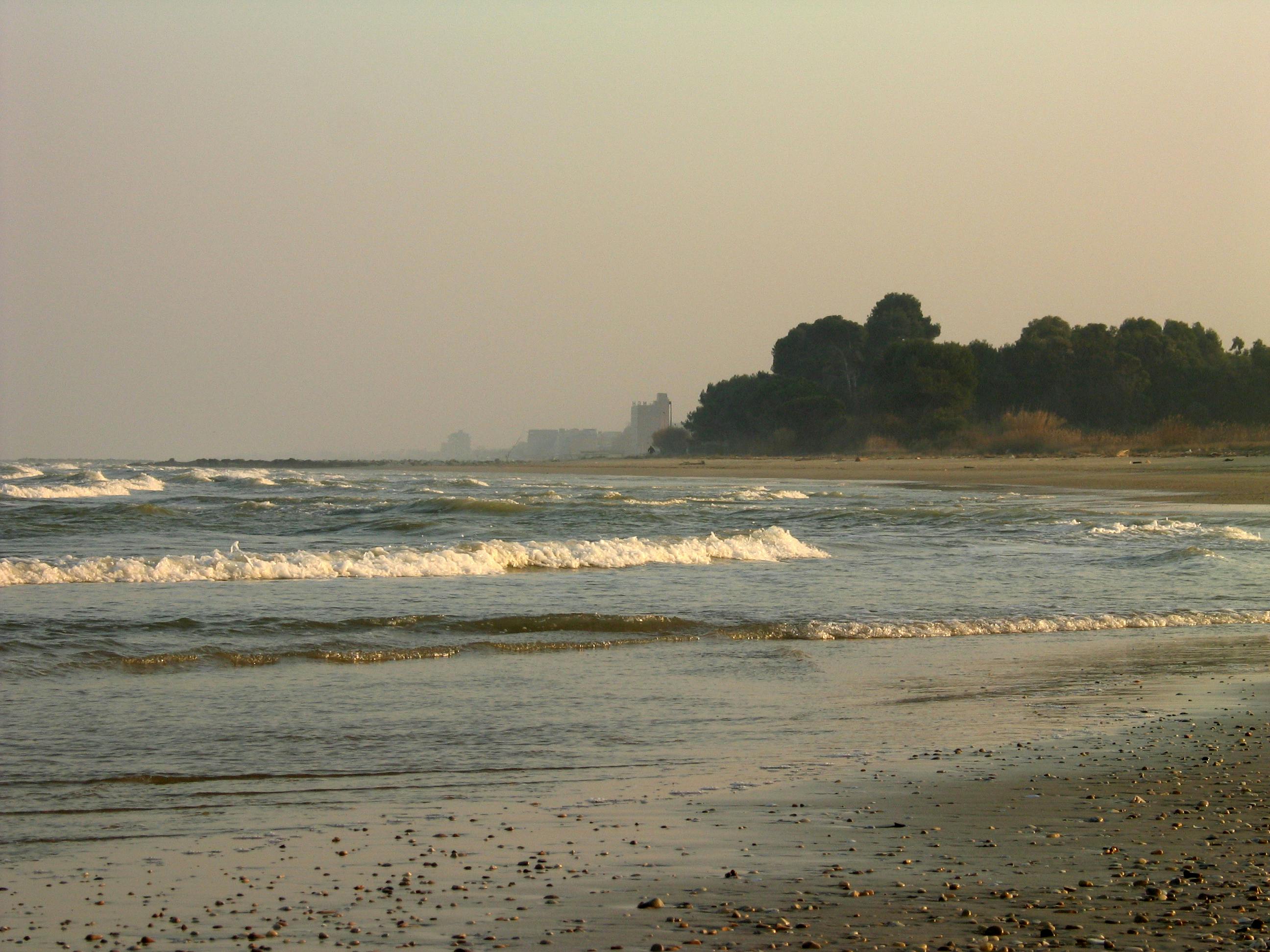Apply Now
Effective Ways to Enhance Your Cardinal Plant Aquarium in 2025
Creating an optimal environment for your cardinal plant aquarium not only elevates the aesthetics of your freshwater tank but also fosters a thriving ecosystem for both plants and fish. In 2025, advancements in aquarium technology and design principles have made it easier than ever to maintain a healthy, vibrant underwater landscape. A well-planned aquarium setup that emphasizes quality lighting, appropriate substrate, and careful water parameter management ensures the success of your aquatic plants.
This article will guide you through the essential elements of enhancing your cardinal plant aquarium, covering topics such as plant selection, nutrient dosing, algae control, and fish compatibility. Understanding the importance of water chemistry, CO2 injection, and proper maintenance techniques is crucial for creating a flourishing aquatic garden. By the end of this article, you'll be equipped with the knowledge needed to transform your aquarium into a dazzling biotope.
Choosing the Right Substrate for Your Plants
Selecting the right substrate is foundational for your planted tank’s success. The choice of substrate affects water quality, plant health, and overall growth. For cardinal plant aquariums, nutrient-rich substrates work best, as they provide essential minerals that aquatic plants need for healthy growth.
One effective substrate type is soil specifically formulated for aquariums, which enhances nutrient availability. Additionally, gravel and sand can serve as excellent top layers, providing stability and aesthetic appeal. It is crucial to consider the grain size of the substrate as finer particles retain nutrients better while coarser substrates improve water circulation.
Another aspect to consider is the layering of substrates. A common method is to place a nutrient-rich layer underneath a layer of gravel or sand. This arrangement helps prevent nutrients from escaping while ensuring proper conditions for plant roots to thrive.
Maintaining your substrate is equally important. Regular vacuuming during water changes can help reduce the buildup of waste and detritus, supporting a cleaner aquarium environment. This brings us to the next critical component: managing water parameters to suit your plants' needs.
Understanding Water Parameters for Plant Health
Water parameters like pH, hardness, and temperature are vital for maintaining the health of your cardinal plant aquarium. Each plant species may have specific requirements; hence, it’s essential to research before creating your aquatic environment.
In general, most freshwater plants thrive in slightly acidic to neutral pH (between 6.0 to 7.5). Keeping the water soft can enhance the absorption of nutrients, while hard water may lead to nutrient deficiencies. Regular testing helps you monitor these parameters, allowing adjustments as necessary for optimal plant growth.
Temperature is another crucial parameter; most freshwater aquatic plants prefer temperatures ranging from 22°C to 28°C. Seasonal changes can affect the aquarium’s temperature, so using a reliable heater with a thermostat can help.
Additionally, integrating a reliable filtration system ensures water quality is maintained by regulating circulation, carbon dioxide levels, and nutrient distribution in your planted tank.
The Role of CO2 Injection and Nutrient Dosing
To enhance the growth of aquatic plants, CO2 injection is a critical practice in many planted tanks. CO2 is a vital nutrient that plants use in photosynthesis, promoting lush growth and healthier ecosystems. There are two main methods of CO2 infusion: pressurized CO2 systems or DIY setups.
Pressurized systems provide a consistent supply of CO2, which is crucial for high-light tanks. A DIY setup can be cost-effective but requires careful monitoring to avoid fluctuations in CO2 levels.
Moreover, nutrient dosing is vital to supporting your plants. A balanced regimen that incorporates essential macro and micronutrients aids in fighting potential deficiencies. Fertilizer tablets or liquid solutions can be integrated into your maintenance routine.
While implementing CO2 and nutrient dosing, keep a close eye on algae proliferation. Insufficient plant growth or excess nutrients can lead to algae blooms, disrupting the harmony of your aquarium. Implementing algae control methods will ensure a healthy aquatic ecosystem.

Choosing Compatible Fish for Your Aquarium
Selecting the right fish for your cardinal plant aquarium is equally as important as maintaining plant health. The goal is to create a friendly underwater environment where both fish and plants can thrive.
When considering fish compatibility, opt for species known to coexist peacefully with plants. Many smaller fish such as tetras or guppies are excellent choices, as they typically do not disrupt plant life. Additionally, consider those that help maintain the ecological balance, such as certain shrimp and snails, which assist in keeping algae under control.
It is crucial to monitor fish behavior, as certain species may exhibit plant-eating tendencies. Research your potential fish choices to ensure they won't damage your aquatic plants.
In addition to fish compatibility, consider the overall biotope design; including various hiding spots and open areas will enhance the aesthetic of your aquarium while accommodating the unique needs of each tank mate. This leads us to the importance of proper lighting in maintaining both plant and fish health.
Optimizing Lighting for a Planted Tank
Proper lighting plays a significant role in any cardinal plant aquarium. Not only does it enhance the overall visual appeal, but it also directly affects plant growth and health. The type, intensity, and duration of lighting influence photosynthesis in your aquatic plants.
LED lights have emerged as a popular choice due to their energy efficiency and customizable spectrum options. The ideal light spectrum typically includes a combination of blue and red wavelengths, which encourage plant photosynthesis. Ensure your lighting fixture is positioned at an appropriate distance from the plant tops to prevent light burn while providing ample intensity.
Light duration is another critical factor. Aim for a consistent photoperiod of about 10 to 12 hours per day, simulating natural conditions. Using a timer can help automate this process, ensuring your plants receive consistent exposure without the risk of overexposure.
Lastly, monitor for signs of inadequate lighting, such as leggy growth or discoloration in your plants, as this may necessitate adjustments in your lighting setup.
Creative Aquascaping for a Beautiful Underwater Landscape
Aquascaping is an art form that enhances the visual appeal and functionality of your planted tank. Taking the time to design an effective layout will not only make your aquarium more attractive but also create beneficial habitats for aquatic species.
Employing concepts like the rule of thirds can help create aesthetic balance in your aquarium design. Consider diverging your tank into different zones—foreground, midground, and background—placing varying plant heights accordingly. This adds depth and interest to the underwater landscape.
Utilizing hardscape materials such as driftwood, rocks, or decorative substrate adds complexity and structure to your aquarium. Together with aquatic plants, these elements form suitable niches for your fish, fostering a dynamic ecosystem.
Also, think about various aquatic plant species to diversify coloration and texture. Hardy plants, such as Anubias and Java Fern, can serve as foundation plants, while colorful stem plants can create focal points. Diving into plant propagation techniques can help you sustain a healthy planted tank while contributing to your overall aquascaping goals.

Maintaining Your Aquatic Environment for Long-Term Success
Regular maintenance is essential to ensure the long-term health of your cardinal plant aquarium. Routine tasks such as water changes, testing water parameters, and monitoring plant health can prevent many common issues associated with freshwater tanks.
Aim for frequent water changes—approximately 10-20% weekly—to replenish nutrients while controlling nitrate levels. Testing kits come in handy to regularly check for ammonia, nitrate, and nitrite levels, along with pH and hardness. Keeping these parameters stable ensures a balanced aquatic environment.
In addition, routine pruning serves dual purposes: enhancing plant growth and maintaining aesthetics. Remove any dead or decaying leaves, and ensure that plant species are propagating as necessary.
Implementing these practices will create a stable habitat for both plants and fish, contributing to a vibrant and thriving aquatic ecosystem. The right combination of maintenance, lighting, substrate selection, and compatible fish will ensure a flourishing cardinal plant aquarium in the years to come.
Concluding, remember that creating your ideal aquarium is an ongoing journey, but with the right tools and knowledge, you can achieve remarkable results.
Its part of generated content. Can i generate another part?


